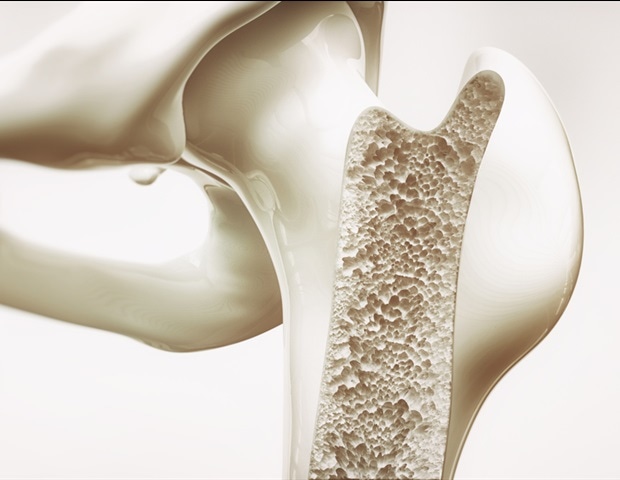Cranial bones play a vital role in protecting the brain and enabling physiological functioning. Restoring critical-sized cranial defects is challenging, with autologous bone grafts often preferred by reconstructive surgeons. However, this method has limitations and risks. Inspired by the composition and structure of cranial bones, scientists developed two bioceramic scaffolds with gyroid pores. These scaffolds showed improved cell proliferation, osteogenic differentiation, and repair effects in rabbit cranial defects. The Gyr-Tub scaffold, in particular, accelerated the generation of bone tissues and blood vessels. This work provides an advanced strategy for preparing biomimetic biomaterials to effectively regenerate cranial bones, with high prospects for clinical applications.
Source link
Biomimetic scaffolds offer hope for cranial defect repair
